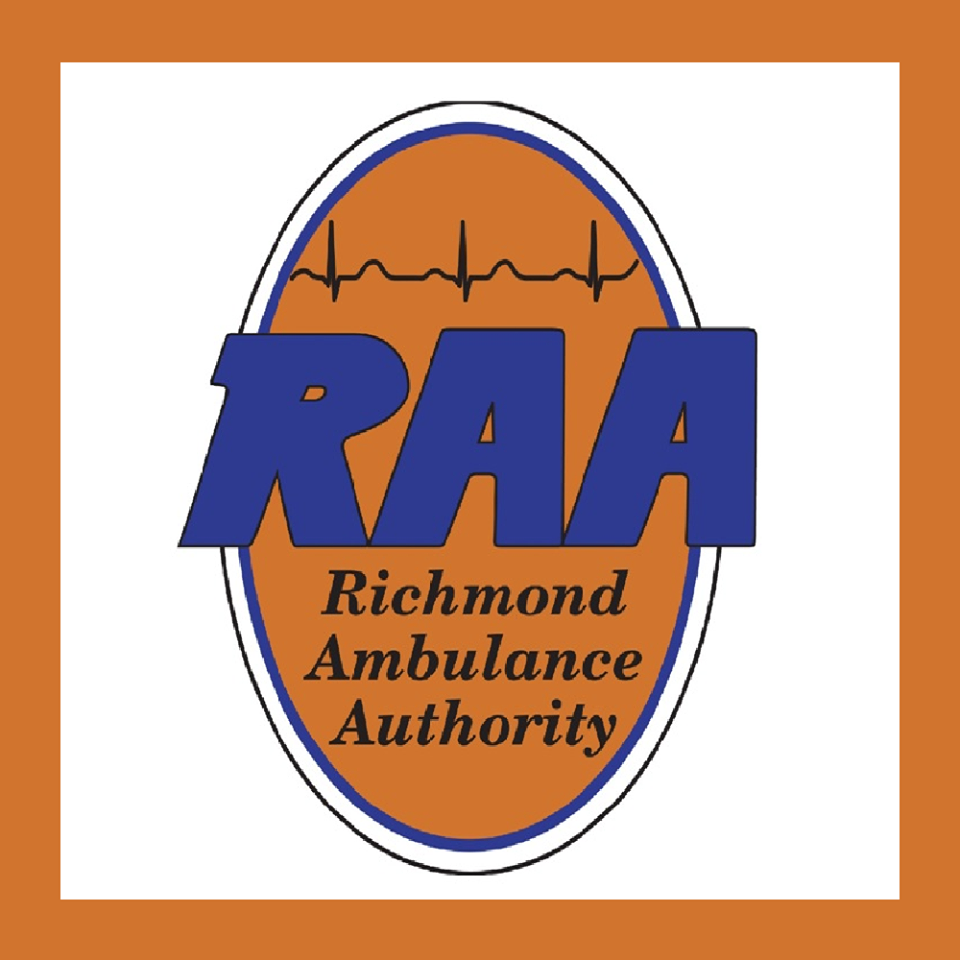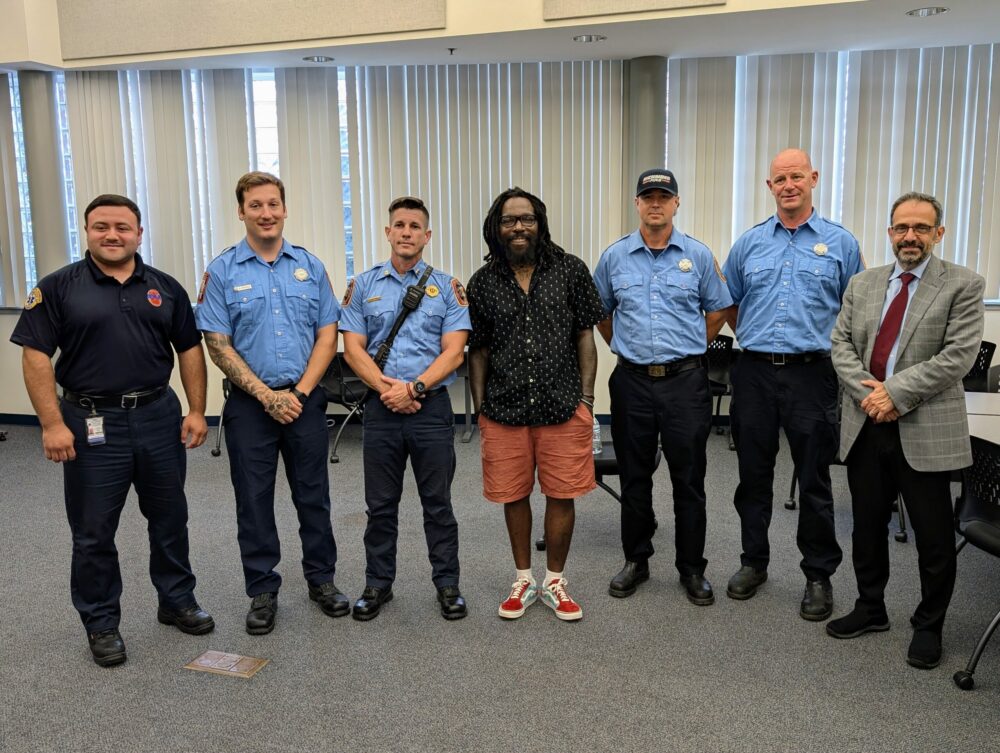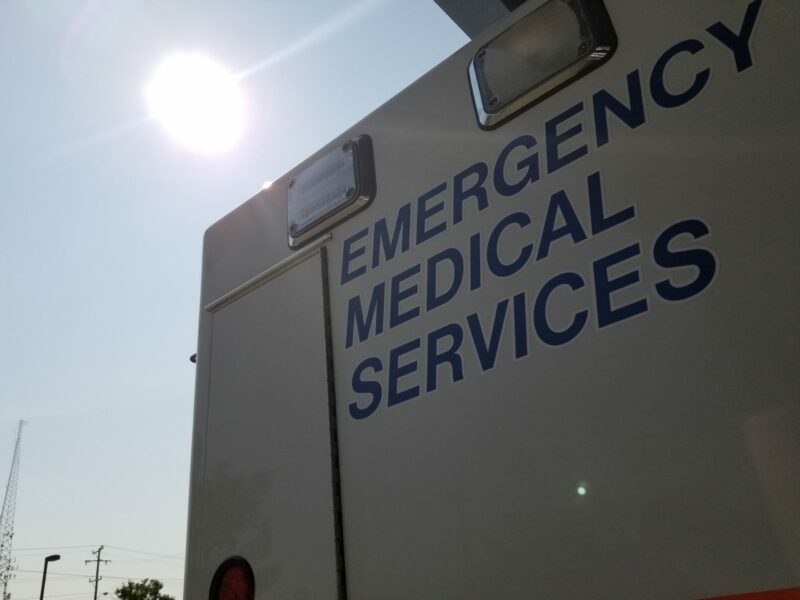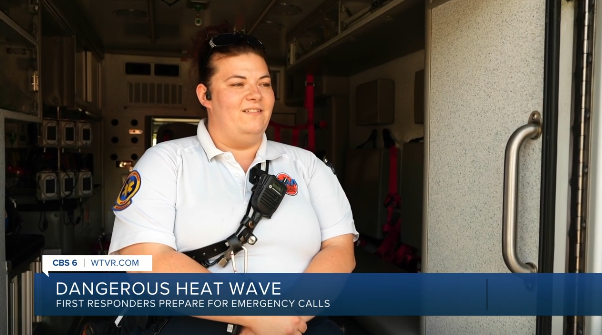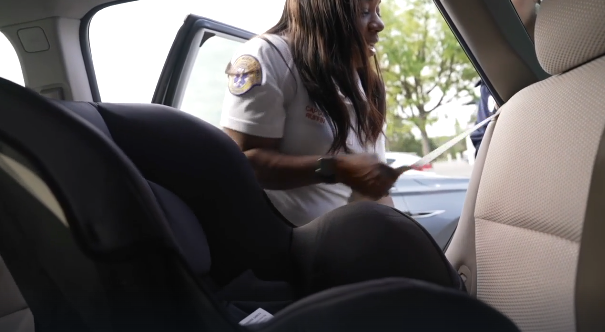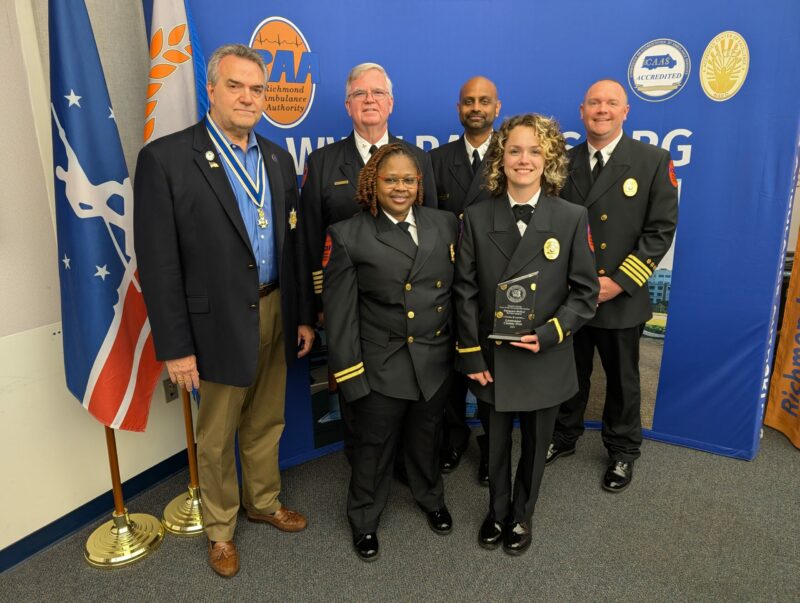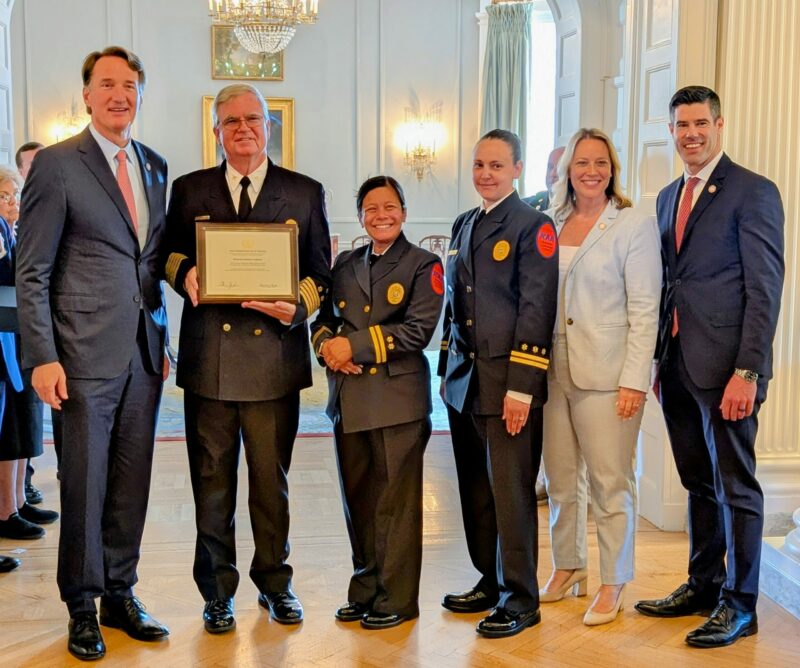RICHMOND, Va., December 5, 2012 – The Richmond Ambulance Authority (RAA) and HCA Virginia, in partnership with the University of New Mexico (UNM) Emergency Medical Services (EMS) Academy Paramedic Pararescue Program, concluded the first successful Richmond-based clinical training rotation of select airmen who hope to pass the test to become Air Force Pararescuemen.
Also known as PJs, Pararescuemen are elite combat forces trained to parachute into hostile territory, fight their way in, rescue those in need, and fight their way out. Not to be confused with medics who tend to the wounded unarmed, PJs are highly trained combatants with world-class trauma medical skills in addition to a myriad of other extraordinary capabilities. They are qualified experts in many areas including advanced weapons, combat diving, rescue swimming, parachute operations, the use of extrication devices and battlefield paramedicine. Simply put, Pararescuemen are the most highly trained and versatile personnel recovery specialists in the world, executing the most perilous and extreme rescue missions anytime, anywhere across the globe.
The initial phase of training for the 19 airmen in this US Air Force Paramedic Pararescue Program took place at Kirtland Air Force Base with instruction by UNM EMS Academy faculty. Richmond, Virginia was selected for the second phase of training because of the city’s world-class, high-performance EMS system and HCA Virginia’s excellent emergency and inpatient clinical departments.
During their eight weeks in Richmond, the Pararescuemen trained in the field with RAA where they learned scene command and trauma field treatment techniques. They also conducted intensive training in the emergency, critical, and acute care departments of Chippenham, Henrico Doctors’ and Johnston-Willis hospitals.
“The PJs acted as the lead medics in the field under the watchful eyes of extremely experienced RAA paramedics,” said Wayne Harbour, chief clinical officer of the Richmond Ambulance Authority. “The next time they are performing EMS duties could be under combat conditions, so the more intensive and advanced their field training, the better.”
“It is an honor for us to help train these brave and talented warriors in the emergency medical services part of their Pararescue training course,” said Chip Decker, CEO of the Richmond Ambulance Authority. “Their motto – ‘These Things We Do, That Others May Live’ – affirms their absolute dedication to saving lives, and we are proud to do all we can to train and support them as they work their way toward becoming full-fledged Pararescuemen. They are outstanding young men who have answered a noble calling.”
In the HCA Virginia hospitals, PJs used their paramedic training to assist doctors and nurses in examining and treating patients throughout the numerous emergency departments, operating rooms, critical care, intensive care, labor and delivery, and pediatric intensive care units.
“HCA Virginia greatly respects this elite group of individuals for their hard work and professionalism,” said Lori Harbour, EMS coordinator, CJW Medical Center. “We are very fortunate to take part in this collaborative program that supports their comprehensive clinical education.”
Since 9/11 alone, these elite warriors have executed over 12,000 life saving, combat rescue missions. They have also eliminated and captured numerous enemy combatants during the execution of these missions. Additionally, because of their unique capabilities, they have been called upon to rescue over 5,000 civilians worldwide during catastrophic natural disasters and other responses. Many of these rescues have occurred throughout Alaska and off the coast of Florida.
Pararescuemen Mission
To rescue, recover, and return American or Allied forces in times of danger or extreme duress. Whether shot down or isolated behind enemy lines; surrounded, engaged, wounded, or captured by the enemy; PJs will do whatever required to deny the enemy a victory and bring our warriors home to fight another day. “Leave no Airman, Marine, Soldier, or Sailor behind” is our nation’s supreme promise and responsibility to our brave war fighters. The Air Force holds true to this moral imperative. Personnel Recovery is an Air Force Core Function; one of twelve functions the Air Force provides the nation. The PJs are the elite ground forces that provide our nation with the capability to execute this noble responsibility.
